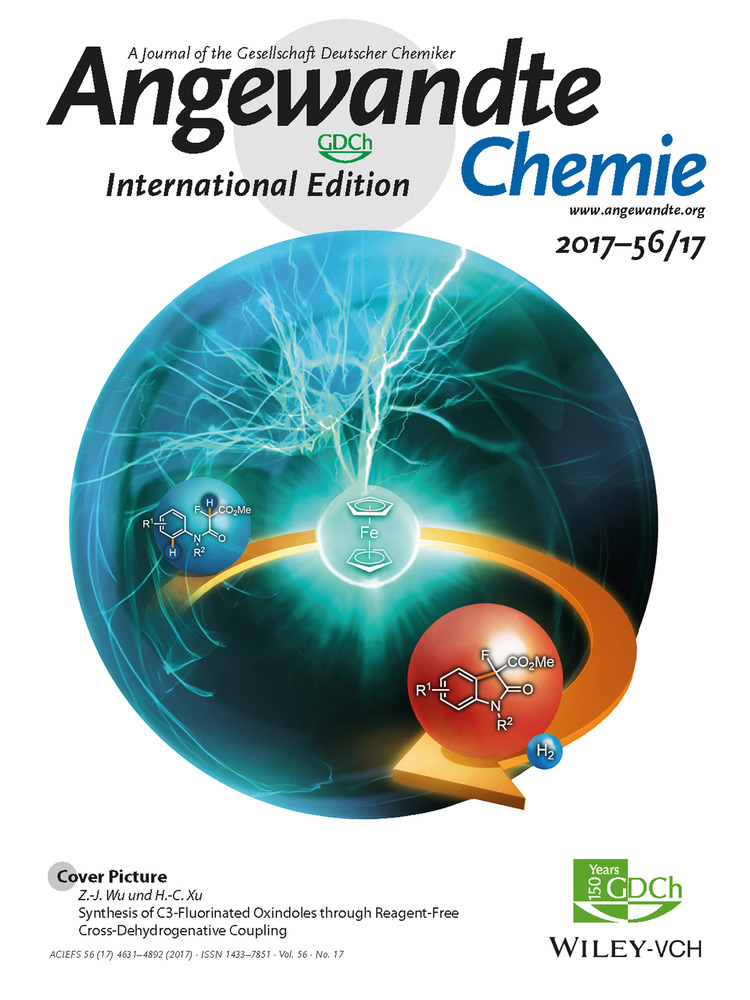Increased Synthetic Control—Gaining Access to Predicted Mg2Si5N8 and β-Ca2Si5N8
Graphical Abstract
An exchange is as good as a rest: Nitridosilicates are solid-state materials consisting of cations embedded in highly condensed anionic tetrahedra networks. A new synthetic method enables the exchange of cations, while the networks remain preserved. This route gives a significant increase in synthetic control, thus providing the possibility of synthesis planning in nitridosilicate chemistry. The predicted compounds Mg2Si5N8 and β-Ca2Si5N8 were prepared using this route.
Abstract
Nitridosilicates represent an intriguing class of materials and are typically made up of highly condensed tetrahedral network structures. Alkaline-earth nitridosilicates emerged as unique host materials for Eu2+ doped luminophores which found broad application in phosphor-converted (pc)-LEDs. In contrast to common strategies of preparing nitridosilicates by bottom-up syntheses, we have now succeeded to post-synthetically design nitridosilicates by ion exchange in metal halide melts. We describe the syntheses of hitherto unknown but predicted alkaline-earth nitridosilicates, Mg2Si5N8 and β-Ca2Si5N8. Both compounds were obtained by ion exchange starting from pre-synthesized nitridosilicates. In situ investigations of the ion-exchange process show that the Si–N network topology remains preserved. Therefore the reaction offers a significant increase of synthetic control with respect to classical bottom-up syntheses.





